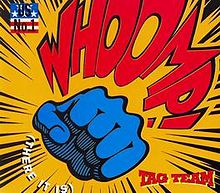 Last week I touched on one significant copyright holding from UMG Recordings v. Grande Communications Networks. In that case, the Fifth Circuit also addressed the calculation of statutory damages under the Copyright Act.
Last week I touched on one significant copyright holding from UMG Recordings v. Grande Communications Networks. In that case, the Fifth Circuit also addressed the calculation of statutory damages under the Copyright Act.
Specifically, the Court held that statutory damages should be awarded per compilation (e.g., an album) rather than per individual work within the compilation. The court emphasized that the plain language of the Copyright Act mandates that “all the parts of a compilation or derivative work constitute one work” for the purposes of statutory damages.
This conclusion means that when multiple songs from the same album are infringed, the copyright owner is entitled to only one statutory damage award for the entire album, not separate awards for each song. The Court rejected the district court’s approach, which allowed separate statutory damages for each individual song. In so doing, the Fifth Circuit noted that many of the works in question were registered as compilations, with certificates of registration indicating notations such as “collective work” or “compilation of sound recordings.” No. 23-50162, Oct. 9, 2024.


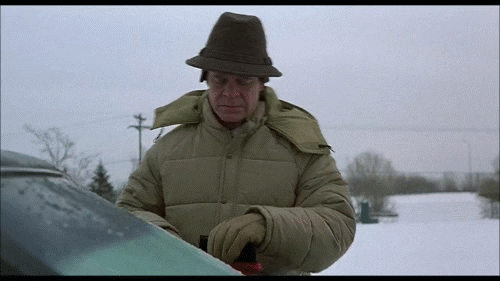

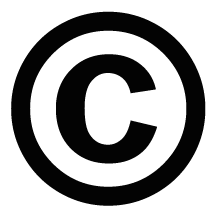
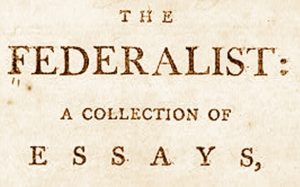
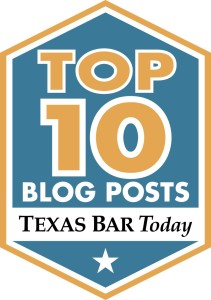
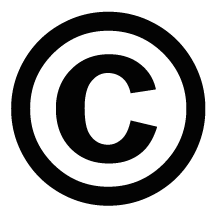
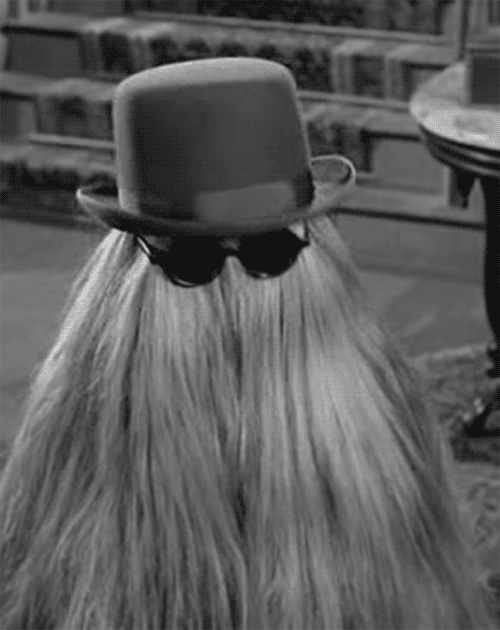

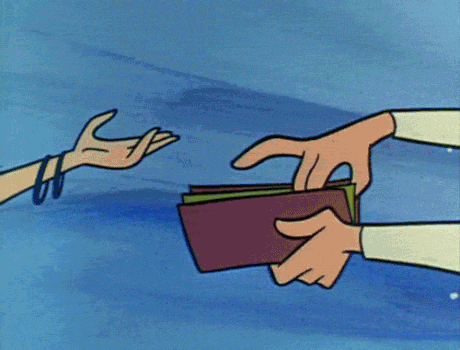
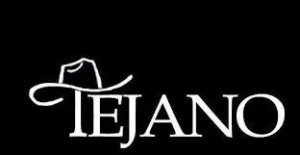


 jewelrymaker, reasoning:
jewelrymaker, reasoning:
